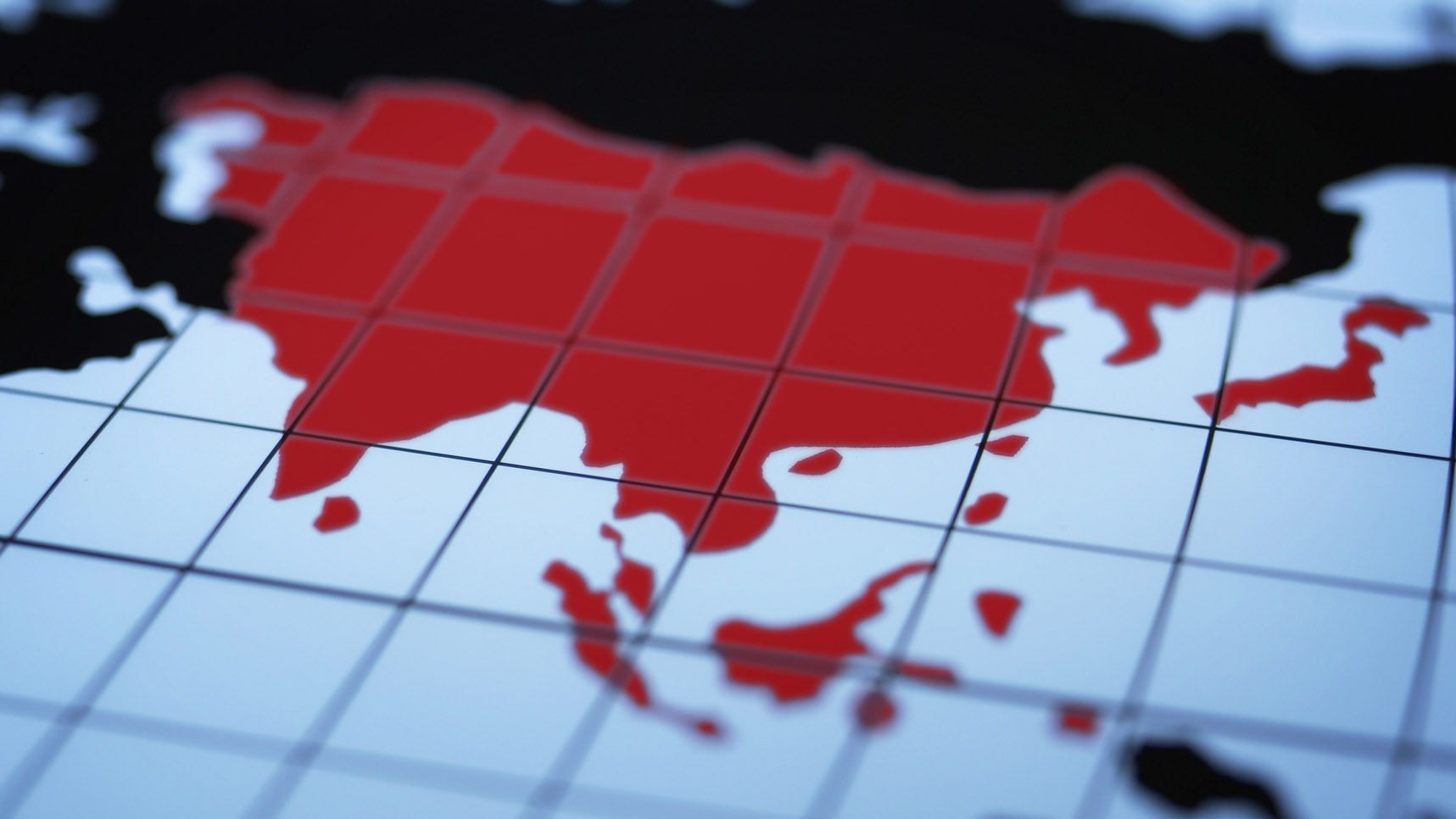Asia-Pacific banks' performance a mixed bag

On top of the leading 250 banks in Asia-Pacific, The Banker’s best-performers' methodology shows how lenders in the region have had uneven successes, falling flat in some areas of assessment despite excelling overall.
Banks in Asia-Pacific have seen a period of strong growth over recent decades, as world trade flows pivoted towards the region. While the biggest economy, China, and its megabanks dominate the headlines, the smaller countries and their banks are also experiencing strong growth and development.
As well as ranking the top 250 banks in Asia-Pacific by Tier 1 capital, we have also run the lenders through the filter of The Banker’s best-performing methodology by country. This provides insight into the banks which are becoming significant players in their domestic markets. With the largest economies of China, Japan, Indonesia, Taiwan and South Korea already analysed as part of the Top 1000 World Banks ranking published in July, here we turn our attention to the smaller, yet still significant, Asia-Pacific markets. In each country, we have evaluated the top five (or less) bank holding companies.
Room to improve
Looking across these countries, it becomes clear how even the banks that take the top places overall in their countries have aspects in which they are falling short of success. These areas of deficiency are showing where the banks need to focus on making improvements to grow their presence both at home and across the region.
Securing the top spot in the Hong Kong best-performing table, Shanghai Commercial Bank posts highly impressive scores in the profitability, operational efficiency, return on risk and liquidity categories. The bank manages to stay within the top three for all of its results, only dropping to third for soundness, where the overall fifth placed, The Bank of East Asia, comes up trumps.
In Singapore, there are tied winners in first place, with both DBS and Oversea-Chinese Banking Corporation (OCBC) scoring 5.84. Despite sharing the top spot, both banks show uneven results across the categories, which is evident in their relatively low overall score. While ranking first for the profitability and return on risk, DBS comes in last place in both the soundness and leverage categories. OCBC, meanwhile, takes the top spot in the operational efficiency, liquidity, soundness, and leverage categories, but places at the bottom for growth and asset quality. Although posting good results, both banks have improvements to make in specific performance areas.
Close call
Likewise, Australia’s banks have a very unequal rating, resulting in a very small margin in the overall scores between the first and fifth placed banks. While Westpac has the best showing overall with a score of 6.32, it only manages to top the return on risk and leverage categories. Meanwhile, bottom-placed Macquarie Group, with a score of 4.47, takes the top place in the growth category with the highest score possible.
Thailand’s banks present a range of results. In last place, TMB Bank achieved an overall score of just 2.84, but took the top spot in the growth and the asset quality rankings. It did, however, place fifth in all of the other categories. Siam Commercial Bank was placed first overall, but its results in the asset quality and liquidity results were found to be lacking.
Malaysia’s Hong Leong Bank edged just ahead of its rival Public Bank to take the overall top spot, even with a very poor showing in the growth category. Even though it came in second. Public Bank placed highest in the profitability, operational efficiency and asset quality rankings.
Despite a difficult few years, India’s bank ranking shows some are still moving forward. HDFC ranks in first place, although it only tops the country table in the return on risk category. Bank of Baroda takes fifth place, but is in poll position for liquidity and an impressive first place for growth, where it achieves the highest possible result.
In the Philippines, Metropolitan Bank & Trust Company comes first overall and in the operational efficiency category. In a result not unlike those seen in India, Philippine National Bank, meanwhile, comes in last overall but tops the table for growth, liquidity and leverage.


